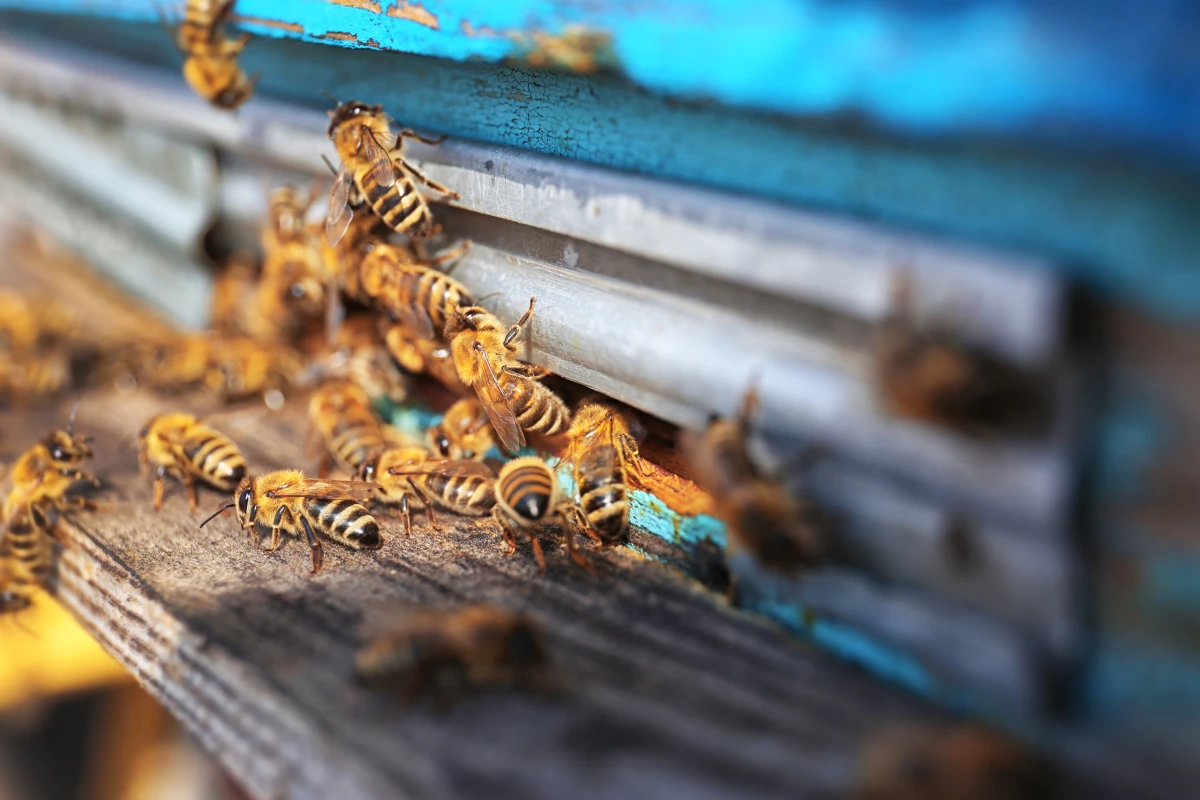Although the causes of colony collapse disorder still aren't entirely understood, pesticides known as pyrethroids appear to be one of the main culprits. Thanks to a new technique, it should now be easier than ever to detect these chemicals in the honey of affected beehives.
Colony collapse disorder occurs when most of a honeybee hive's worker bees disappear. Just the queen and a few other bees are left behind, and they're ultimately unable to maintain the colony.
Possible causes include mite infestations, habitat loss and malnutrition, but pyrethroids likely also play a major role. While they're obviously not designed to target bees – since honeybees play a major role in pollinating crops – they're pretty indiscriminate, killing pest insects and beneficial insects alike.
One way of finding out if bees have been exposed to pyrethroids at nearby farms involves checking to see if the insects have passed the pesticides into their honey. That said, doing so has previously been difficult – pyrethroids are poorly soluble in water, making it hard to separate them from the honey for detection and quantification.
Now, however, scientists from Canada's University of Waterloo have devised an automated process that involves first adding a small amount of alcohol to the honey, dissolving any pyrethroids that may be suspended within it. A technique known as solid phase microextraction is then used to quickly and easily extract those pesticides, so their presence can be verified and their concentration can be measured.
"It is our hope that this very simple method will help authorities determine where these pesticides are in use at unsafe levels to ultimately help protect the honeybee population," says the lead scientist, Prof. Janusz Pawliszyn.
A paper on the research was recently published in the journal Food Chemistry.
Source: University of Waterloo




